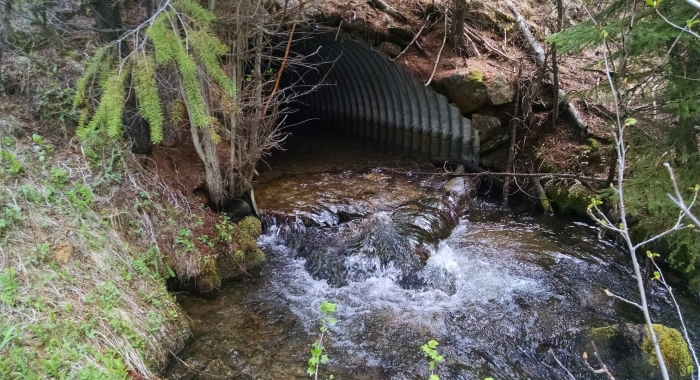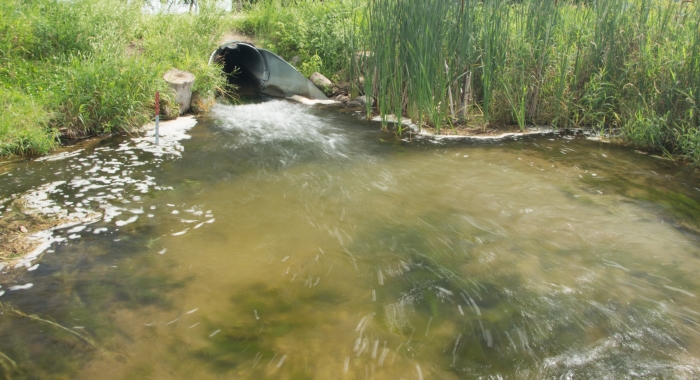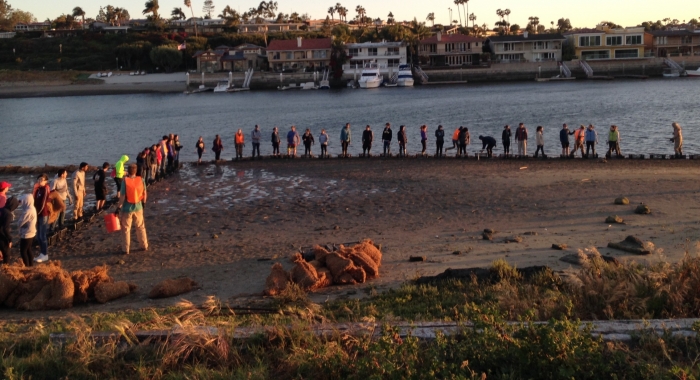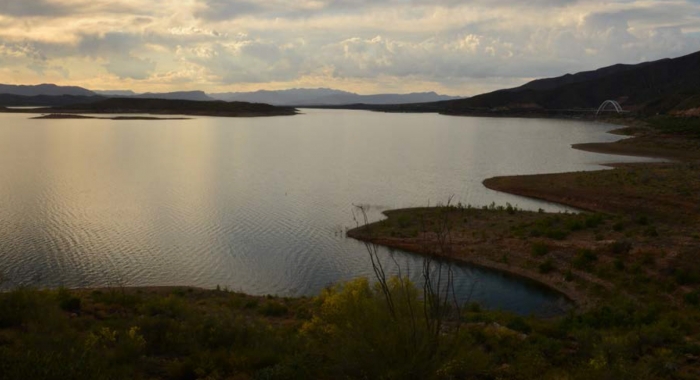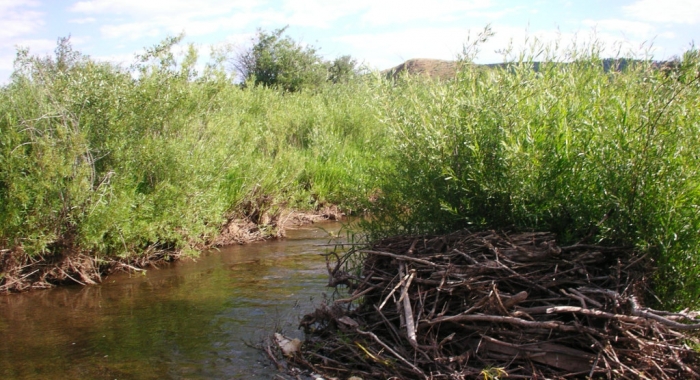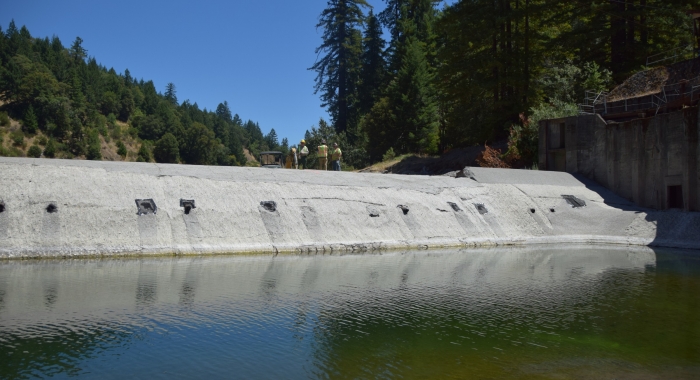
1. Benbow Dam Removal, California
Project Submission by: The California Fish Passage Forum
The second largest dam removal in California will eliminate a winter velocity barrier through a narrow fish passage slot in the dam (higher winter flows focus all flow through the slot for a distance of about 60 feet parallel to the thalweg). Coho salmon, Chinook salmon, steelhead/rainbow trout, and Pacific lamprey would benefit from the project, and 100 miles of stream will be opened as a result of the project. Permanent interpretive panels will be placed in the park that discusses the fishery and reasons for removing the dam. A video will be developed and presented in the parks and used for other interpretive opportunities.


